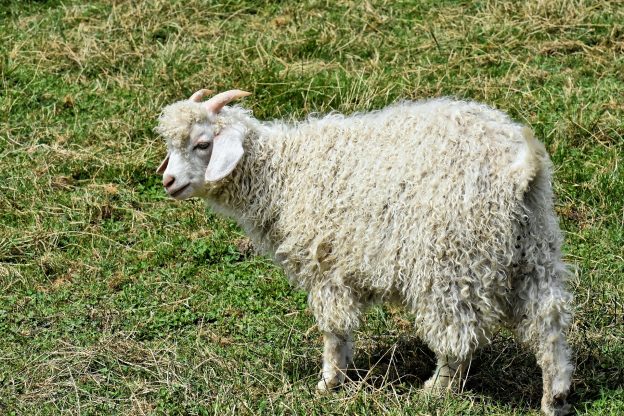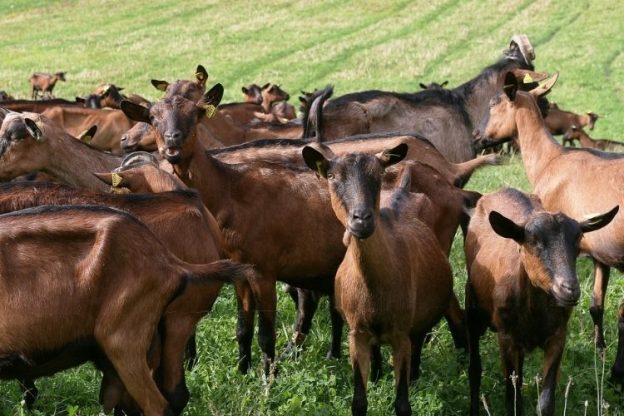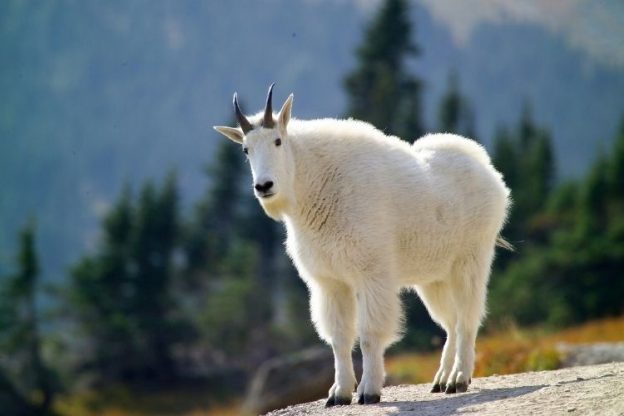The Fiber Goat industry has been in existance in the United States for over a hundred years. Characteristic fiber was the most readily accessible material for garments and the cashmere and mohair were extravagance strands utilized for the best of garments and different things. The fiber business has battled as of late and numbers have been lost the same number of makers changed to different types of goats so as to endure. Today, these filaments are as yet sought after, yet at decreased levels and endeavors are being made to develop the business.
Angora Goats
Angora goats started in the region of Angora in Asia Minor. The Angora goes back before early scriptural history. The Angora is an extremely beautiful creature where both genders are horned. The ears are hefty and hanging. The Angora goat is a little creature when contrasted with sheep, basic goats or milk goats. The most significant trait of the Angora goat when contrasted with different goats is the estimation of the mohair that is cut. The normal goat in the U.S. shears around 5.3 pounds of mohair per shearing and is generally sheared two times every year. The Angora goat is a perusing creature, which has made it entirely versatile to certain agribusiness areas. They have regularly had the option to give financial re-visitations of land that is unsatisfactory for common agribusiness interests.
Cashmere Goats
Wild goats from Australia and Spanish meat goats from the American Southwest, chosen for fiber attributes, structure the premise of the American cashmere goat industry. Any goat can develop cashmere, yet those we call “cashmere goats” have been specifically reared to deliver it in noteworthy sums. The goats’ down and the gatekeeper hair which encompasses it might be any shading, however the combable or shearable pieces of the body (barring face, stockings and stomach) ought to be of a solitary shading. The gatekeeper hair might be long or short contingent upon singular circumstances and inclinations, yet the watchman hair ought to be coarse enough that a mechanical dehairer can without much of a stretch recognize it from cashmere. Customarily, cashmere goats are not de-horned. Both male and female goats have horns.
Cashmere is the goat’s delicate, wool undercoat, developed to its most extreme length by mid-winter and shed in late-winter. The nature of the cashmere downy is controlled by three factors: its length, its measurement, and the level of pleating. Cashmere fiber is creased (as opposed to wavy), delicate, and lacking shine. By industry norms it must be at any rate 1-1/4′ long with a normal width under 19 microns. The crimpiness of the fiber gives it “space” and empowers articles of clothing made of cashmere to give warmth without weight.
The American cashmere industry advances exclusive expectations concerning raising great solid creatures bearing especially great cashmere fiber.



